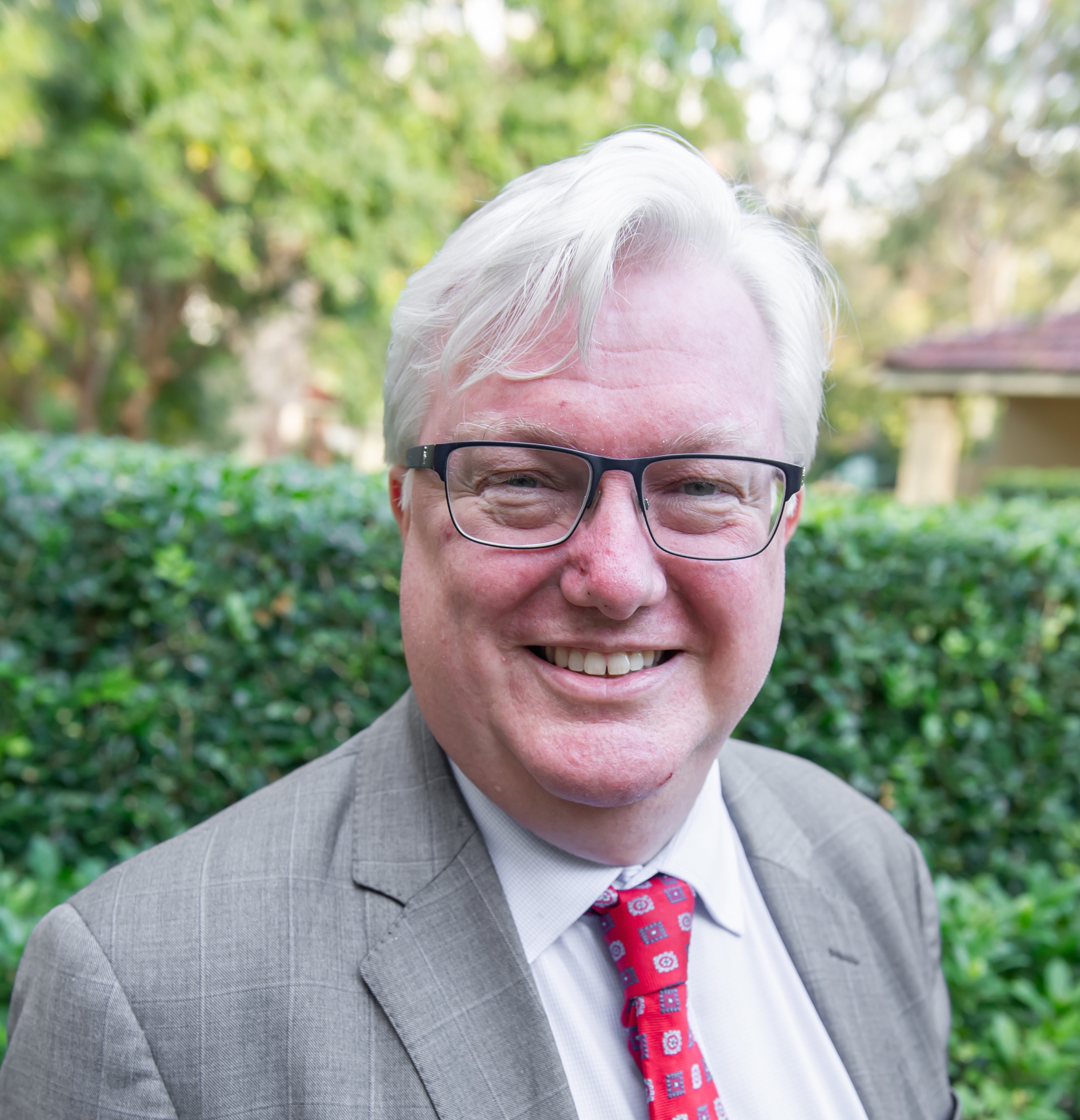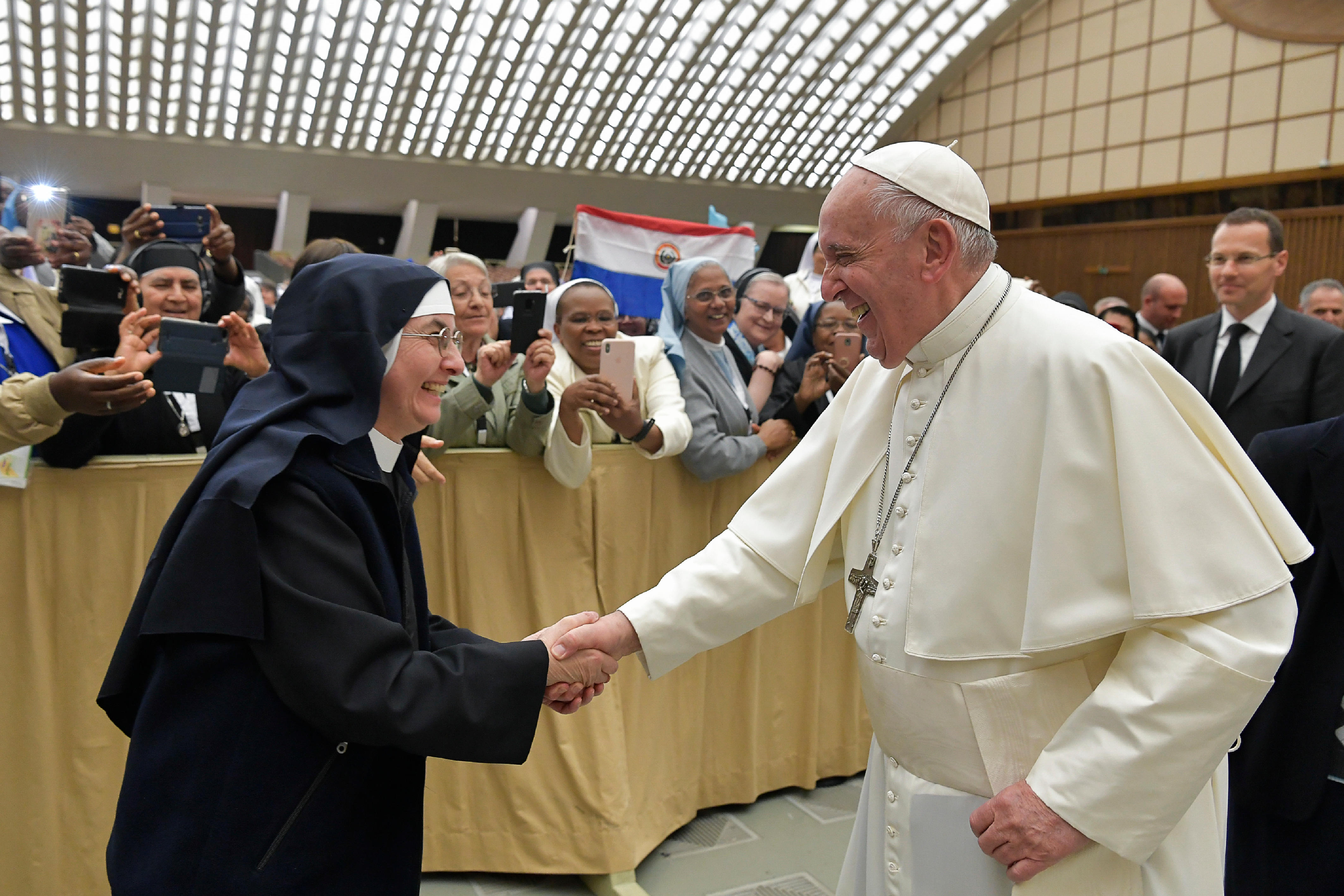In 1979, Sister Theresa Kane welcomed Pope John Paul II on his arrival to the United States with a bold address asking for him to include women “in all ministries of our Church”. The Pope responded with stony silence.
Four decades later, and a Latin American Pope walked into the Vatican’s Paul VI hall side by side with two senior nuns for a 40-minute question and answer session with 850 superiors of female religious orders. Among the issues up for discussion is whether women can be ordained as deacons.
While many are frustrated that Pope Francis has not gone further and faster on the question of giving more visible roles to women in the Church, the meeting he held with the Union of Superiors General on 10 May 2019 is a sign of how far things have developed.
The question of women in the Church has for years been akin to a car stuck in a stationary position. The door was closed, the engine off and the questions settled. Under this pontificate, however, the vehicle is spluttering into life.
The clearest evidence for this is how Francis is allowing for an open discussion to take place on female ministry, whereas John Paul II ruled in 1994 that women could not be ordained priests, and insisted that the matter was not up for debate.
While this Pope has repeatedly pledged his full adherence to John Paul II's teaching barring female priests, Francis has permitted a debate about the women's diaconate to bubble away for the last three years. It was during a 2016 meeting with the union of superiors general that the Pope promised he would set up a commission looking into the matter. That commission’s report has been handed over by the Pope to Sr Carmen Sammut, who leads the religious superiors.
Francis has also endeavoured to appoint more women to senior positions in the curia. He’s appointed the first female members of the Congregation of the Doctrine of the Faith; the first woman to run the Vatican museums and there are rumours that he could appoint a woman as Cardinal George Pell’s successor as Prefect of the Secretariat for the Economy. Rita Pinci, the first woman to become deputy editor of a large Italian newspaper, has just been appointed to run the women’s supplement of “L’Osservatore Romano.”
Although there is a very long way to go, the question of how to give more prominent positions to women is now actively being discussed in Rome.
During his discussion with the nuns on female deacons, the Pope stressed that any change in this area must be grounded in divine revelation, and dogma, and that the commission could not agree over the role of female deacons in the early Church.
“We need to look back to the beginning of revelation, if there wasn’t such a thing, if the Lord did not want a sacramental ministry for women, it doesn’t go,” Francis said on 10 May. “We are Catholics, but if any of you want to found another church you are free to go.”
These remarks appear to rule out the possibility of the reinstitution of deaconesses, at least in the short term.
At the same time, the Pope also called for further study on the topic and pointed out that revelation is in “a continual movement to clarify itself.”
He said the Church's understanding of faith following the 1962-65 Second Vatican Council undergone “a development of understanding" and he gave the example of the death penalty which 50 years ago the Church permitted, but today has been ruled unacceptable by Francis.
This corresponds with John Henry Newman’s argument about the development of doctrine in the Church, which Newman said, takes place when that development emerges out of older principles.
This does not mean that female ordination will eventually come to pass at some distant point in the future, but neither is the Church’s tradition and doctrine static.
Take the 2002 International Theological Commission’s report into women deacons as an example. It concluded that the deaconesses of the early Church “were not purely and simply equivalent to the [male] deacons.”
17 years later, and according to the Pope, the latest commission was not able to come to an agreement. Some, he told the nuns during the 10 May audience, said that “we must go forward”. Others said: “We must stop here.” That might be frustrating, but in a 2,000-year-old Church, it is also a form of progress.
What we do know is that this Pope is not going to make a momentous decision about female deacons on his own, and will want to take the whole Church with him. He is also wary of any clericalisation of the laity.
At the same time, Francis has called for a synodal Church where discernment, discussion and openness to new pastoral opportunities are the tools needed to build a runway for the Church’s plane to take off. If this doesn’t happen there is a danger the plane can’t get off the ground.
“Let us seek new paths; it will do us all good,” the Pope said during his homily at Mass on 10 May. “As long as they are the paths of the Lord. But charge forward in the depths of prayer, of docility and a heart open to God. This is how true change takes place in the Church, with people who know how to fight in the great and the small.”



 Loading ...
Loading ...